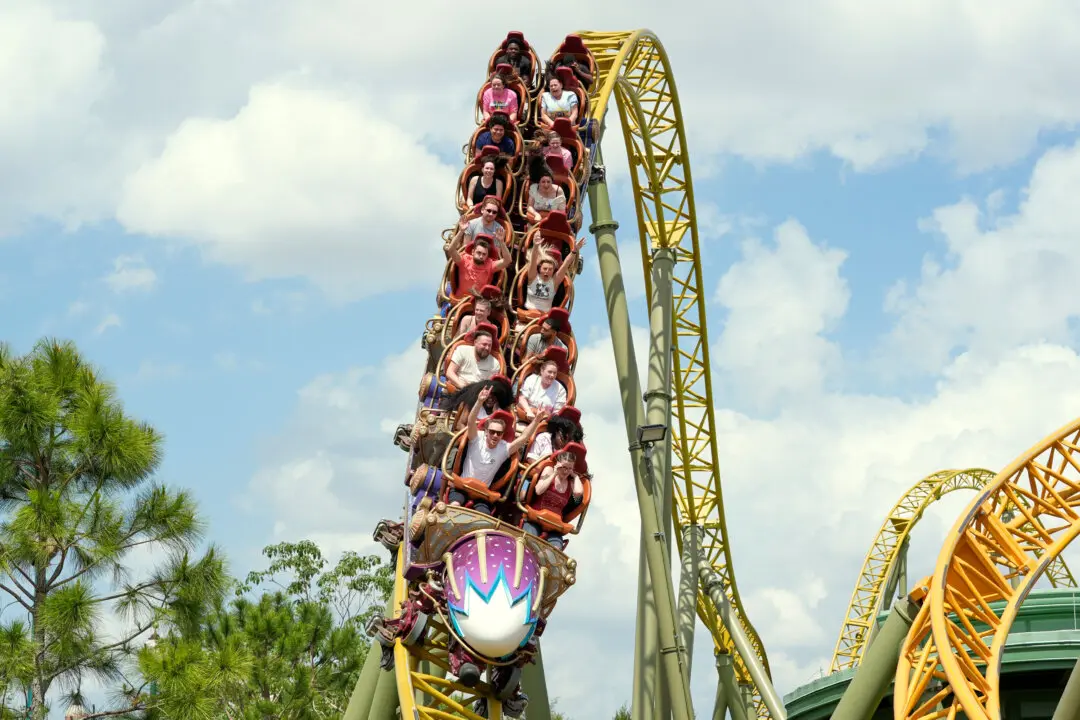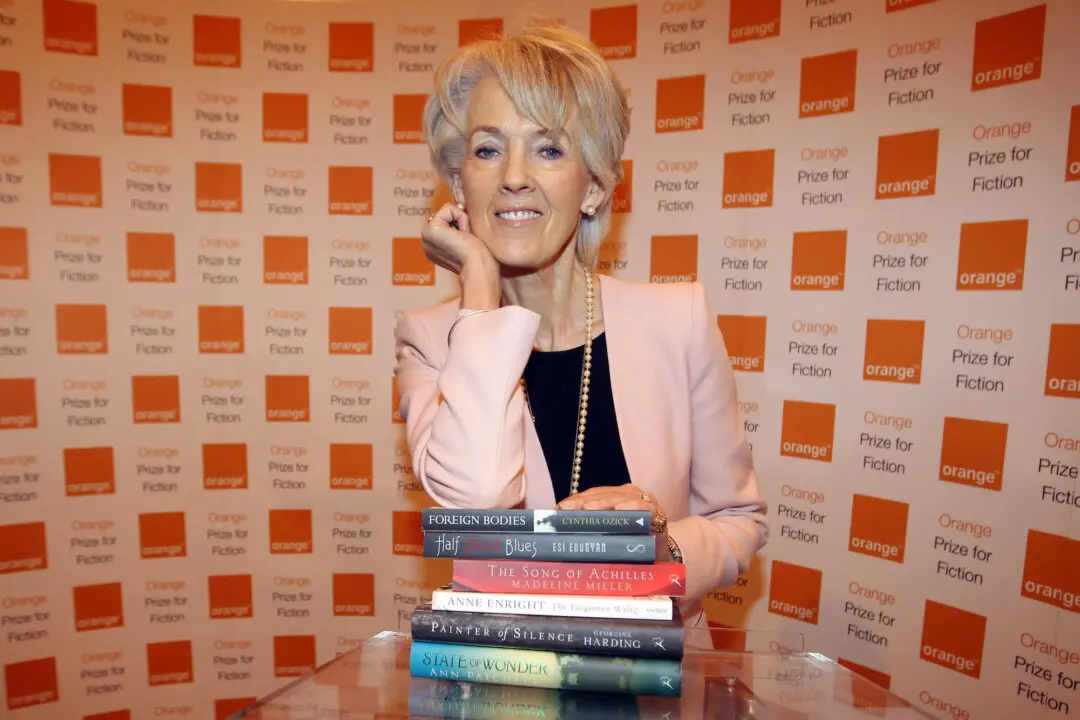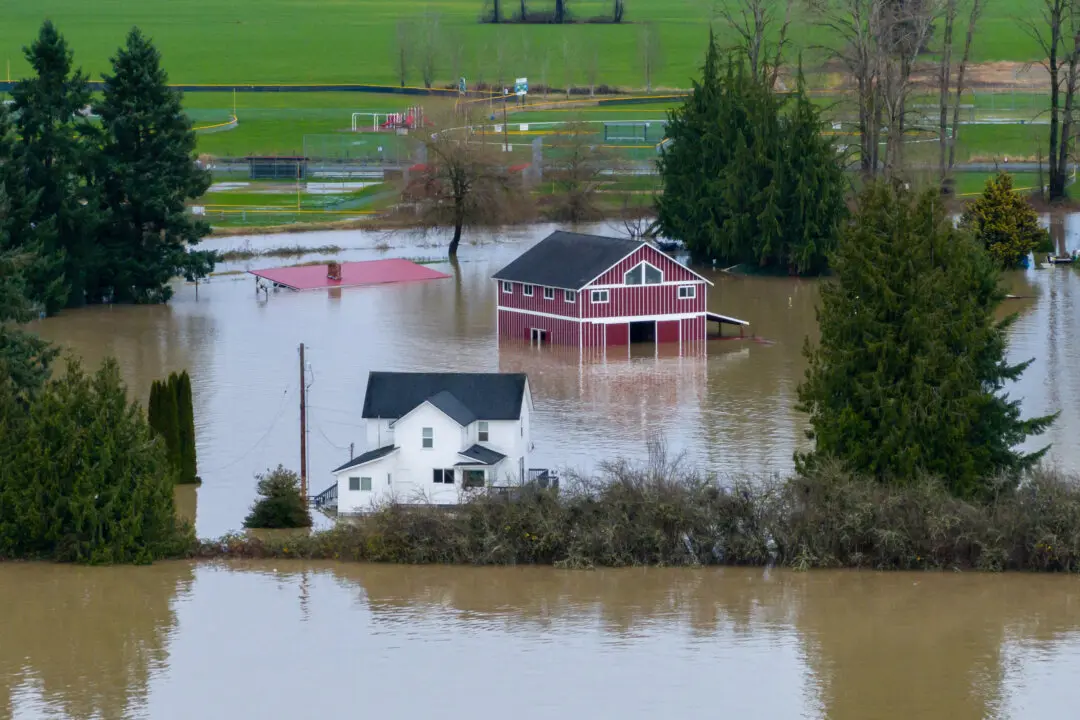BREZICE, Slovenia—A day ahead of a European summit on the migrant crisis, Slovenian officials staggered to cope and tempers flared Saturday at an overcrowded refugee center as thousands more asylum-seekers poured into the tiny Alpine nation.
European nations have been criticized for being slow to react as hundreds of thousands of people seeking safety pour in through Greece and Italy. But a draft plan submitted to countries coming to the Brussels summit by European Commission President Jean Claude Juncker was already drawing strong opposition.
Croatian Prime Minister Zoran Milanovic said the EU plan urges countries not to “wave” asylum-seekers across their borders without consulting with their neighbors.
“That is impossible, whoever wrote this does not understand how things work and must have just woken up from a months-long sleep,” he said Saturday.
On the ground across the Balkans, the biggest problems have emerged when the torrent of refugees is bottlenecked at one border or another. And the numbers of those crossing the seas from Turkey into Greece have surged of late, driven on by a fear of cold weather, cold water and more European border closures.
Milanovic said the only solution that would bring the migrant influx under control lies at the border between Turkey and Greece, where the refugees first enter the 28-nation EU.
“Everything else is a waste of time,” he said, adding that EU rules which say refugees should stay in the country where they first enter the bloc are “not realistic.”
Since Hungary closed its border with Croatia to migrants on Oct. 17, pressure has been building elsewhere, as asylum-seekers traveling through the Balkans have pressed on instead through Croatia and Slovenia toward Austria, Germany and other Western European nations.
At the Brezice camp near the border with Croatia, Slovenian police used pepper spray Saturday to break up a scuffle when a quarrel between two groups of migrants escalated into a fight.
Slovenian police estimated Saturday that some 13,000 people had entered the country in the last 24 hours, and the atmosphere at the camp has been increasingly tense as migrants wait for buses west to Austria.
Packed behind metal barriers, guarded by riot police and armored vehicles, crowds at Brezice chanted “I need to go!” and called for more water.
In all, authorities say 58,000 refugees have entered Slovenia just in the last week.
The leaders of Austria, Bulgaria, Croatia, Germany, Greece, Hungary, Romania and Slovenia have been invited to the Brussels summit Sunday along with two non-members of the EU, Macedonia and Serbia.
Slovenia’s prime minister, Miro Cerar, on Friday called for common EU action and more effective protection of the bloc’s external borders, saying the flood of refugees is “too much” for his small country of 2 million.
Amnesty International’s Slovenia branch warned of a humanitarian disaster unless EU countries come up with a plan at the summit to tackle the migrant crisis. It said families are still often forced to sleep outside in the open.





